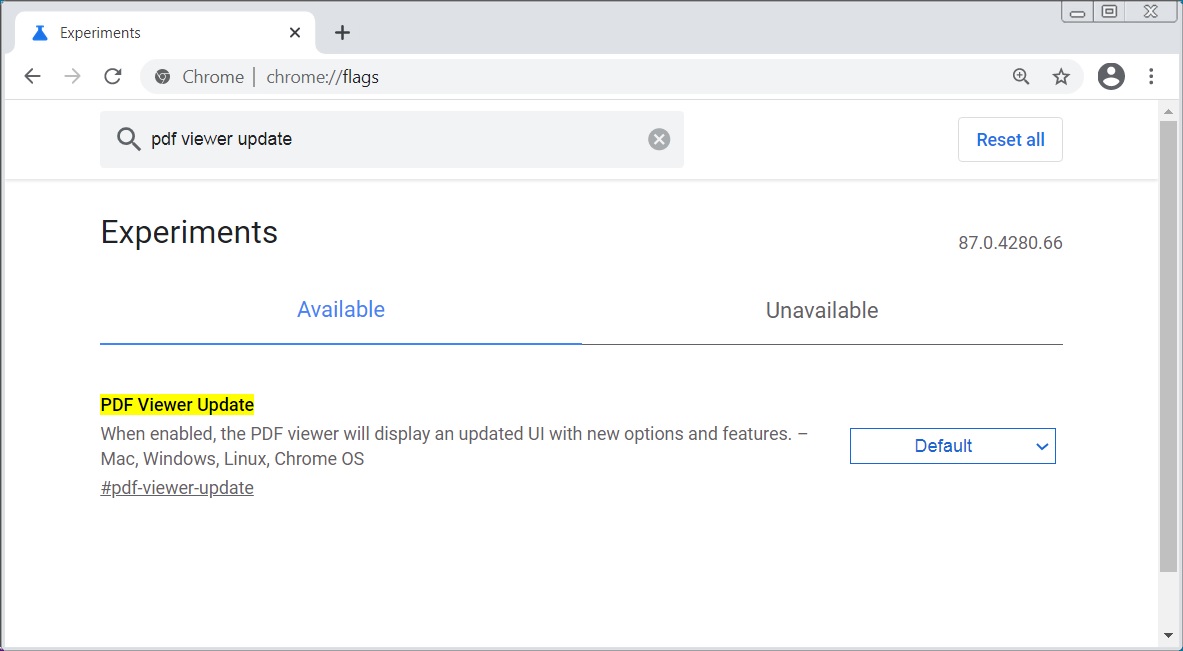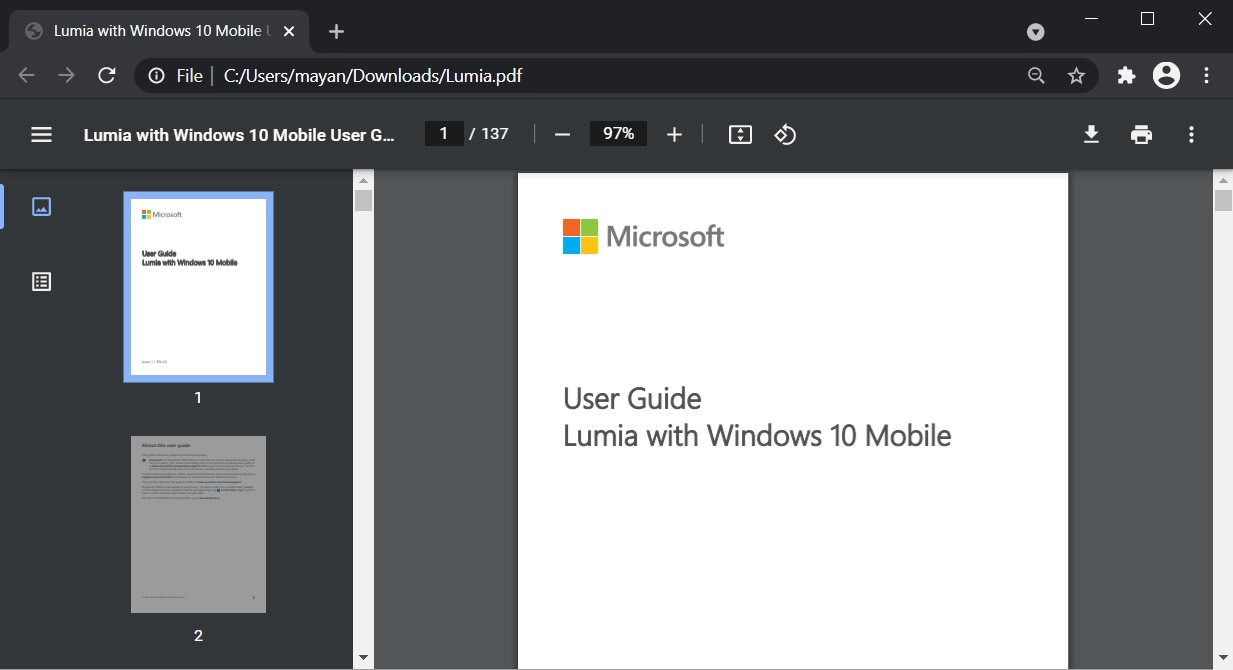

- #Chrome accessibility screen reader how to#
- #Chrome accessibility screen reader full#
- #Chrome accessibility screen reader android#
- #Chrome accessibility screen reader software#
The underlying model of this API is the accessibility tree: a tree of accessibility objects that assistive technology can query for attributes and properties and perform actions on.
#Chrome accessibility screen reader how to#
In this post find out how this tree is created and how to use it in your work.Īssistive technology such as screen readers use Chromium’s accessibility API to interact with web content.
#Chrome accessibility screen reader full#
While it’s great to see these platforms become more accessible, we’re looking forward to even more advancements to make the world more inclusive.Interested in helping improve DevTools? Sign up to participate in Google User Research here.Ĭhrome DevTools is launching a full accessibility tree making it easier for developers to get an overview of the whole tree. Having captioned content means fewer barriers to others wanting to watch your content. The importance of captionsĬaptions are one of the best ways that people with hearing loss, those who use English as a second language, and those who have their audio on “mute” to understand various forms of media. Those who need help utilizing the Google Chrome captioning service can reach out to the disability support channel, which includes support in American Sign Language, at g.co/disabilitysupport. “We are committed to building products with and for people with disabilities and to making our existing products more accessible,” Klein says. In the future, Google also hopes to expand the captions to more languages than just English. Google has also developed Voice Access, which allows a person to navigate their device using their voice. Google has been working with different communities to bring about accessible features for all – from sound notifications on Android, to “action blocks” for people with cognitive disabilities or non-verbal communities.

While captioning services are a great step forward for accessibility, there are always more advancements that could be made to make content more inclusive.įor example, Google’s Live Captions currently don’t have punctuation, but the development team at Google is working on getting that included, Klein says. We’ve been collaborating with screen reader vendors on ways to improve this experience in the future.” A Step Forward for Accessibility “Currently, it is possible to read Live Captions with a braille display, but the experience of having the captions constantly changing doesn’t work as well as we’d like. “We recognized while building this feature that it would be very important to ensure that Live Caption works well with a refreshable braille display (used by many blind users, but in particular by Deaf-Blind users),” Klein says. Read more: Instagram, TikTok now have auto captions Google Chrome for the Deaf-Blind CommunityĪlongside the live captioning, Google has included features for the Deaf-Blind community in their accessibility updates. Users can activate the live captions on any site on Chrome – from audio files inside of articles, to live streams on Youtube, which were largely inaccessible in the past. “We have rolled out this feature on Chrome, because there is content across the web from videos, to podcasts, to a variety of content that remains inaccessible to the d/Deaf and hard of hearing community and this feature can change that,” Klein says.įrom a user experience, the live captions make media on Google Chrome more accessible. Now that same technology is coming to the Google Chrome web browser. In 2019, Google launched Live Caption on Android, which brought captions to content across mobile platforms.
#Chrome accessibility screen reader software#
This was a group of people who would oversee the research, education, and overall accessibility of products, according to Abigail Klein, a software engineer for Chrome & Chrome OS Accessibility. Google created its first dedicated task force, around accessibility, in 2013. If you do not want the captions on then you can toggle it off at the top of your screen where a musical note icon is. Now that you have turned on the live captions, whenever you are on a window with audio or video (even while muted) you will see live captions at the bottom of your screen. On this screen, you will also see options for changing the display of the caption as well as other accessibility features. Google Chrome adds Live Captions How to activate live captionsįirst, how do we activate the live captions features?Įnter chrome://settings/accessibility into the Chrome browser window. Google Chrome is the latest technology platform to get an accessibility update, now allowing users to add captions directly to their screens when using audio and video.

#Chrome accessibility screen reader android#


 0 kommentar(er)
0 kommentar(er)
